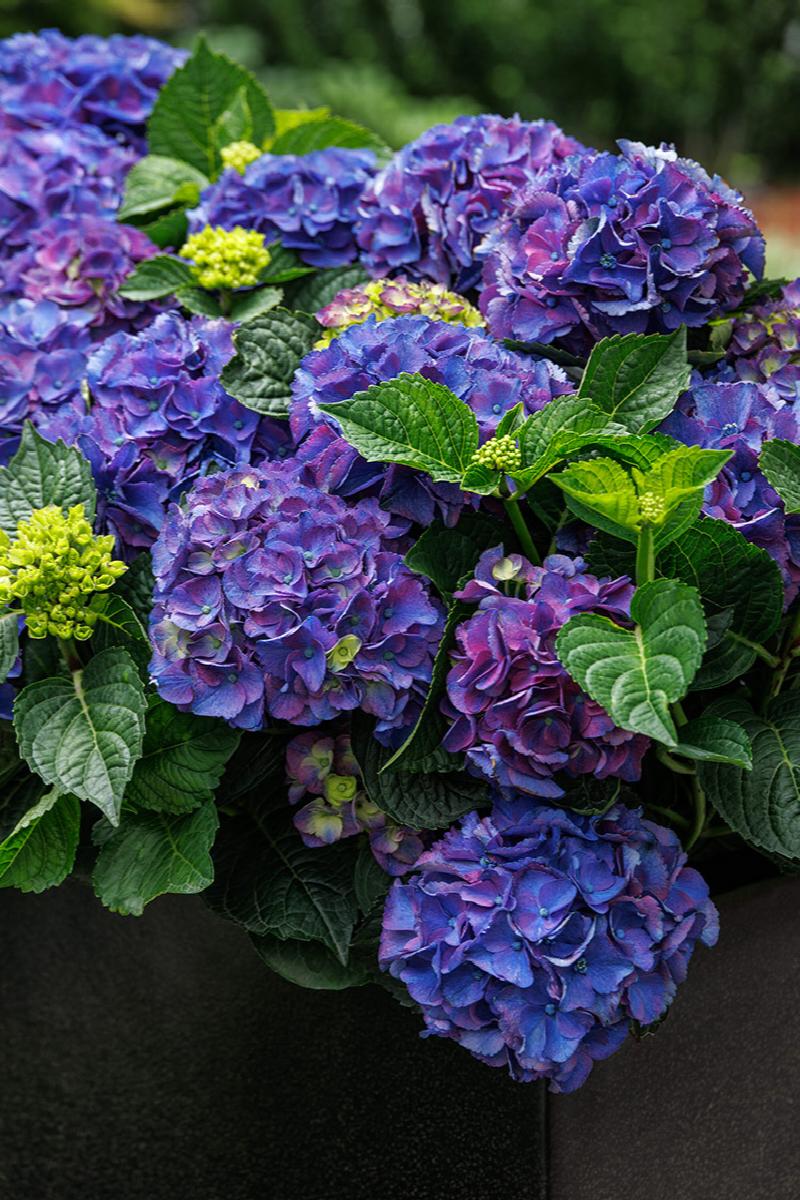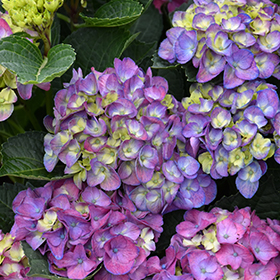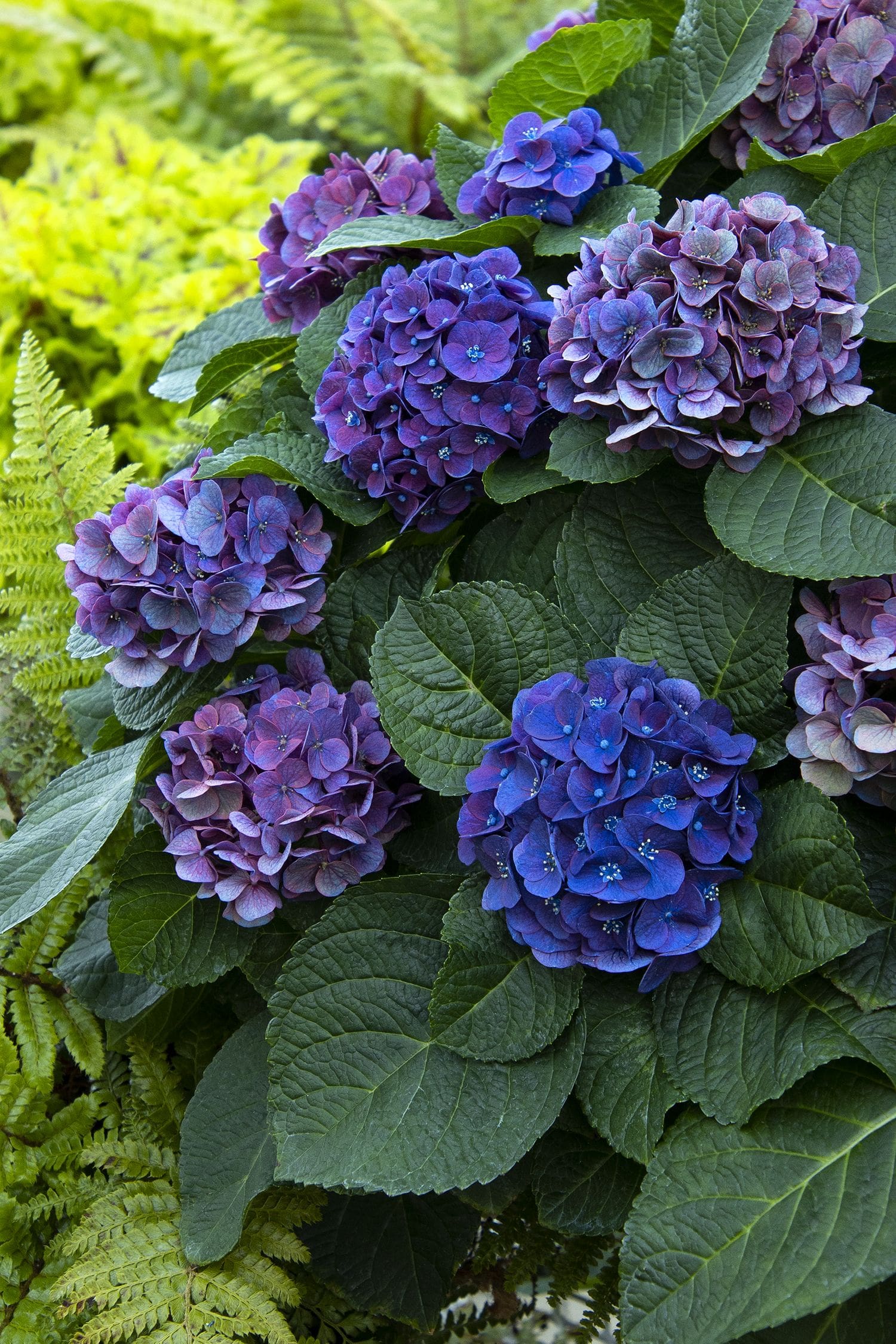The Seaside Serenade Newport Hydrangea: A Showstopping Shrub For Your Garden
The Seaside Serenade Newport Hydrangea is a showstopping shrub that is sure to add beauty and interest to your garden. With its large, mophead flowers that bloom in shades of blue, pink, or white, this hydrangea is a stunning addition to any landscape.
In this blog post, we will discuss the following:
- What is the Seaside Serenade Newport Hydrangea?
- How to care for a Seaside Serenade Newport Hydrangea
- Where to plant a Seaside Serenade Newport Hydrangea
- How to propagate a Seaside Serenade Newport Hydrangea
- Pests and diseases that can affect Seaside Serenade Newport Hydrangeas
What is the Seaside Serenade Newport Hydrangea?
The Seaside Serenade Newport Hydrangea is a hybrid hydrangea that was developed by Monrovia Nursery. It is a reblooming hydrangea, which means that it will bloom twice in a season. The first bloom occurs in early summer, and the second bloom occurs in late summer or early fall.
The Seaside Serenade Newport Hydrangea has large, mophead flowers that can reach up to 12 inches in diameter. The flowers are typically blue, but they can also be pink or white. The color of the flowers can vary depending on the pH of the soil. In acidic soils, the flowers will be bluer, while in alkaline soils, the flowers will be pinker.
The Seaside Serenade Newport Hydrangea is a deciduous shrub, which means that it loses its leaves in the fall. It grows to be 3-4 feet tall and wide. It is hardy in USDA zones 5-9.
How to care for a Seaside Serenade Newport Hydrangea
The Seaside Serenade Newport Hydrangea is relatively easy to care for. It prefers full sun to partial shade and moist, well-drained soil. It is important to water the hydrangea regularly, especially during the first year after planting.
In the spring, you can fertilize the hydrangea with a balanced fertilizer. You can also add mulch around the base of the hydrangea to help retain moisture and suppress weeds.
In the fall, you can prune the hydrangea to remove any dead or damaged branches. You can also lightly trim the hydrangea to shape it.
Where to plant a Seaside Serenade Newport Hydrangea
The Seaside Serenade Newport Hydrangea is a versatile shrub that can be planted in a variety of locations. It can be planted in the ground, in a container, or in a mixed border.
If you are planting the hydrangea in the ground, choose a location that receives full sun to partial shade. The hydrangea should be planted in moist, well-drained soil.
If you are planting the hydrangea in a container, choose a container that is at least one size larger than the root ball of the hydrangea. Use a potting mix that is specifically designed for hydrangeas.
If you are planting the hydrangea in a mixed border, choose a location that will allow the hydrangea to show off its flowers. The hydrangea can be planted in front of taller shrubs or trees, or it can be planted in a sunny spot by itself.
How to propagate a Seaside Serenade Newport Hydrangea
The Seaside Serenade Newport Hydrangea can be propagated by cuttings. To take a cutting, choose a healthy branch that is about 6 inches long. Make a cut just below a node. Remove the lower leaves from the cutting and dip the end in rooting hormone.
Plant the cutting in a pot of moist potting mix. Place the pot in a shady location and keep the soil moist. The cutting should root in about 4-6 weeks.
Pests and diseases that can affect Seaside Serenade Newport Hydrangeas
The Seaside Serenade Newport Hydrangea is generally resistant to pests and diseases. However, it can be susceptible to aphids, spider mites, and scale. These pests can be controlled with insecticidal soap or neem oil.
The hydrangea can also be susceptible to hydrangea leaf spot and powdery mildew. These diseases can be controlled with fungicides.
The seaside serenade newport hydrangea is a beautiful and versatile shrub that can add a touch of elegance to any garden. With its large, mophead blooms that range in color from deep plum to vibrant pink, this hydrangea is sure to turn heads. And because it's a panicle hydrangea, it's also one of the hardiest and longest-blooming hydrangeas available.
If you're looking for a hydrangea that can add some color and interest to your garden, the seaside serenade newport hydrangea is a great option. It's easy to care for, tolerant of a variety of soils, and can thrive in both sun and shade. And because it's a rebloomer, you'll enjoy its beautiful flowers for months on end.
To learn more about the seaside serenade newport hydrangea, I recommend visiting . This website has a wealth of information about this hydrangea, including its care requirements, planting tips, and more. You can also find photos and videos of this hydrangea in bloom, so you can see for yourself how beautiful it is.
FAQ of seaside serenade newport hydrangea
Here are the 5 most frequently asked questions about Seaside Serenade Newport Hydrangea, along with their answers:
- What is Seaside Serenade Newport Hydrangea?
Seaside Serenade Newport Hydrangea is a deciduous shrub that is known for its showy, reblooming mophead flowers. The flowers start out lime green and gradually turn pink as they mature. Seaside Serenade Newport Hydrangea is a relatively compact shrub, growing to be about 4 feet tall and wide. It is hardy in USDA zones 5-9.
- What are the best conditions for growing Seaside Serenade Newport Hydrangea?
Seaside Serenade Newport Hydrangea prefers full sun to partial shade and moist, well-drained soil. It is not particular about soil type, but it does best in acidic soils. Seaside Serenade Newport Hydrangea is a relatively low-maintenance shrub, but it should be watered regularly during the first growing season to establish its roots. It should also be fertilized in early spring with a balanced fertilizer.
- How do I prune Seaside Serenade Newport Hydrangea?
Seaside Serenade Newport Hydrangea should be pruned after flowering. Dead or damaged stems should be removed, and any stems that are crossing or rubbing against each other should be thinned out. You can also shorten the stems by about one-third to encourage bushier growth.
- What are some common pests and diseases that affect Seaside Serenade Newport Hydrangea?
Seaside Serenade Newport Hydrangea is generally pest- and disease-free. However, it can be susceptible to aphids, scale, and powdery mildew. If you notice any pests or diseases, you can treat them with insecticidal soap or fungicide.
- What is the best time to plant Seaside Serenade Newport Hydrangea?
Seaside Serenade Newport Hydrangea can be planted in the spring or fall. However, spring is the best time to plant, as the plant will have more time to establish its roots before the first frost.
Image of seaside serenade newport hydrangea
5 different images of "seaside serenade newport hydrangea" from Pinterest:




Post a Comment for "The Seaside Serenade Newport Hydrangea: A Showstopping Shrub For Your Garden"